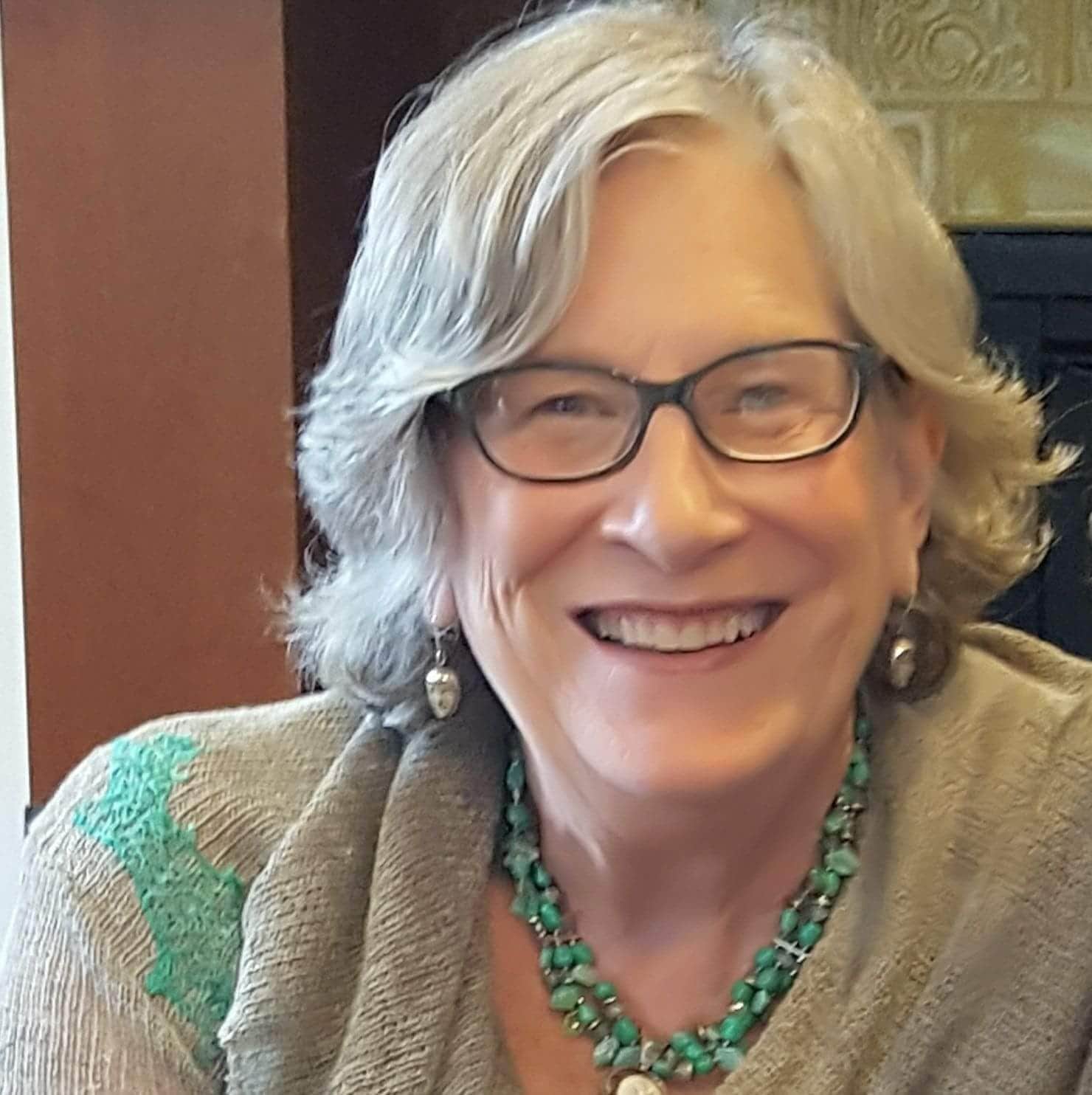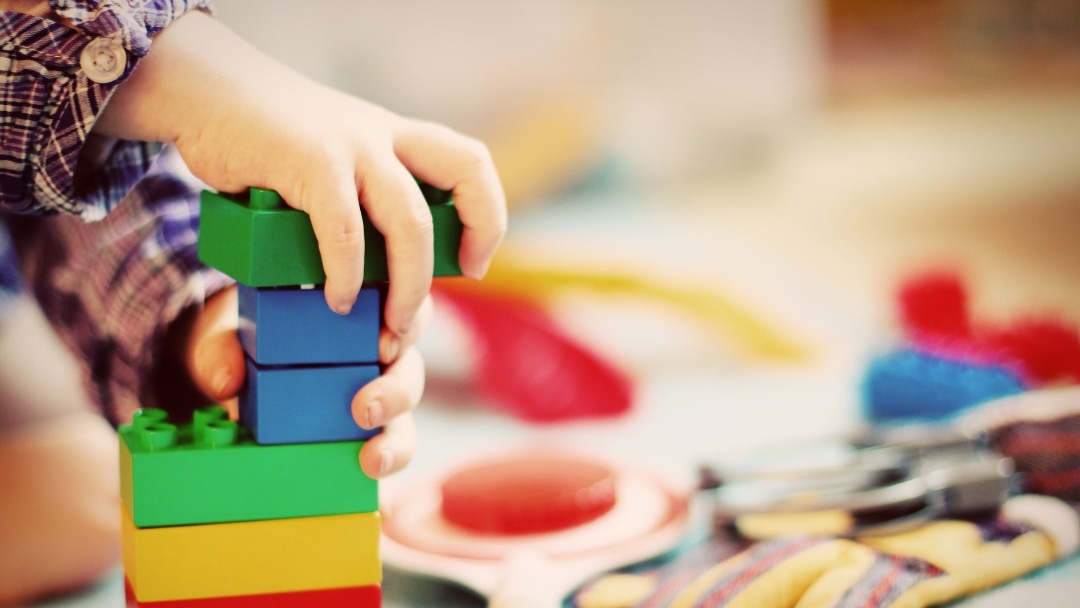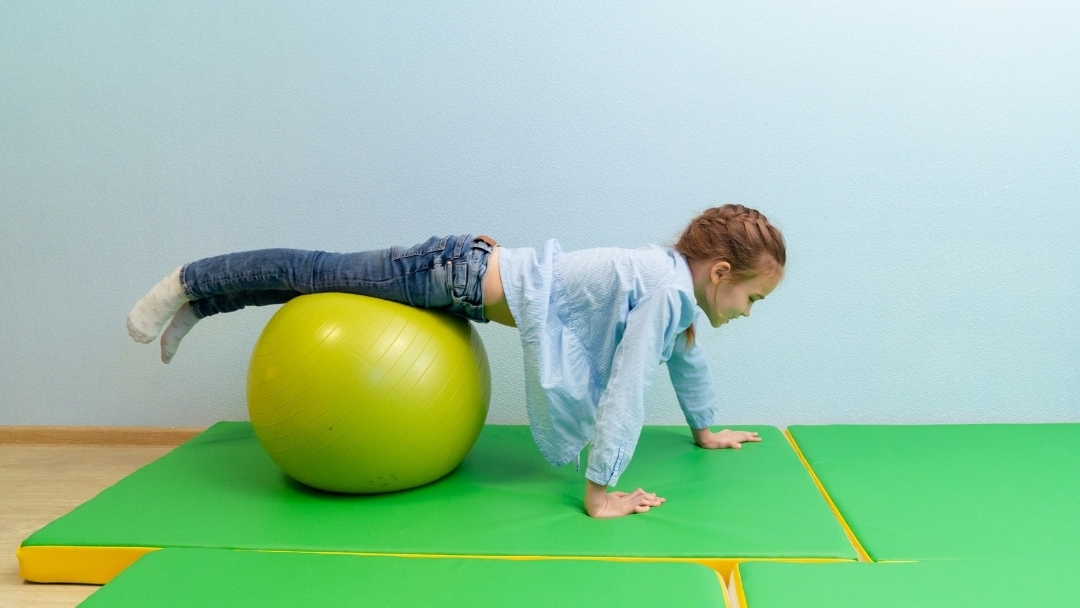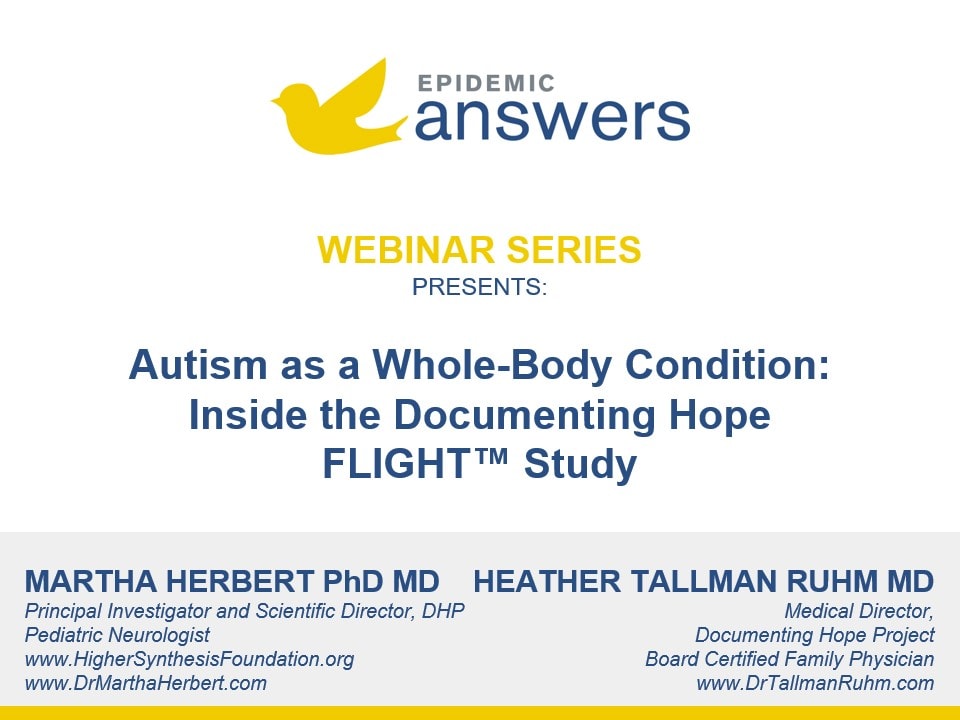Patricia S. Lemer shares her 40-plus years of expertise in this blog post about prioritizing interventions for autism and other neurodevelopmental disorders.
Families sometimes share that they are confused about the order in which to pursue interventions for their child. They hear from well-meaning friends, parents and teachers about the benefits of various treatments. Which should they try? B6 and zinc? Auditory training? Special glasses? Tutoring? If only a sequence were available to guide them…
Optimum Therapies at Each Age Level
My editorial attempts to grant your wish. I have devised the following guide to clarify how to prioritize interventions for autism, PDD-NOS, SPD and ADHD.
Remember that every child is unique. Find experienced professionals within each specialty who will take a very thorough developmental history before suggesting an individual protocol. Then, get a second opinion before you decide upon a course of treatment. Next, understand that a child’s “age” is not chronological but developmental.
A child is as old as she acts. Determine whether your child’s developmental skills are on target and whether lower level needs have been addressed.
Focus on one or two primary therapies that utilize about 75% of your available time and financial resources. You may want to select another, secondary, therapy that will take up 15%. A less intensive, “fun,” therapy will complement the goals of the other treatments.
Step 1 (Age 0-3)
Therapies at this level lay the foundation for motor, sensory-motor, language and cognitive development, which must wait until the body is ready physiologically.
Nutrition includes both dietary modification and nutritional supplementation. A proper protocol can reverse damage done by allergic and toxin reactions and boost the immune system.
Occupational therapy, physical therapy and movement of all kinds (especially sensory integrative) enhance binocular vision, depth perception, bilaterality and language. Balance and anti-gravity activities stimulate the language center of the brain.
If your child had a difficult birth, osteopathic manipulation and craniosacral therapy can help realign bones to allow bodily fluids to flow appropriately.
Step 2 (Age 4-7)
Once the body is ready, language should emerge naturally, as it does in typical development. If language is delayed, it is time to focus on understanding and expression with a speech-language pathologist who utilizes sensory integration techniques.
Different types of auditory training enhance language and eye movements by stimulating the vestibular system, located in the inner ear.
Play therapy encourages a child to use language purposefully through interpersonal interactions.
Music therapy, using a variety of instruments, combines auditory, social and movement activities with singing and dancing.
Step 3 (Age 8-12)
Now, focus on academics. Ascertain that the child’s sensory systems are working properly. If not, in-office and home vision therapy by a behavioral optometrist, using a combination of lenses, prisms and movement-based activities, may be necessary to resolve eye movement difficulties or binocular dysfunction.
There is a myriad of ways to teach reading and writing. Tutoring by an experienced practitioner using a specialized program or trade books comes next. If vision is working well, a child will “break the code” and read with good comprehension. Pre-teen years are a fine time to build self-esteem through martial arts or group psychotherapy.
Step 4 (Age 13-18)
Step 4 is an extension of Step 3. Further work on academics and a focus on self-esteem are essential. This is the time to begin transition planning and to determine post-secondary school options.
As your child’s hormonal changes occur, revisit nutritional needs. Supplements may need adjusting as eating habits change.
Vision therapy may move from work on binocular skills to visual thinking and organization.
Horseback riding (hippotherapy) is an amazingly empowering intervention for teens unable to participate in group sports.
Step 5 (Age 19-Adult)
Resolving delays does not necessarily end because a child moves into adulthood. There are many ways to fine-tune and encourage growth. Depending on his literacy level, a child now develops life skills in the working world. A complete evaluation of vocational aptitudes and interests is essential. Grooming, cooking and using money are all part of vocational training. This can focus on getting and keeping a job as well as developing hobbies.
It is important that adults with disabilities find pleasure in animals, plants, the out-of-doors and other alternatives to television and computer games. Whatever the age of your child, use this guide to choose appropriate interventions. Trying an interesting new option may make a huge difference.
About Patricia S. Lemer LPC MEd
Patricia S. Lemer is a licensed professional counselor, holding a Masters of Education in counseling and learning disabilities from Boston College and a Masters in Business from Johns Hopkins University. She practiced as an educational diagnostician for over 40 years.
She was a co-founder and served as Executive Director of the international non-profit organization Developmental Delay Resources (DDR). After DDR merged with Epidemic Answers, she became Chairman of the Board. When she retired from the board, she became an emeritus board member.

She is the author of three books, the most recent of which is Outsmarting Autism, Updated and Expanded: Build Healthy Foundations for Communication, Socialization, and Behavior at All Ages (North Atlantic Books, 2019).
Lemer wrote over 50 editorials for "New Developments," the quarterly newsletter of Developmental Delay Resources (DDR), from 1995 - 2009. When DDR wound down, she wrote an online blog, "After the Diagnosis, Then What?" from 2009-2017. Her articles and blogs have been updated and archived on the Epidemic Answers website.
Since 2019, Patricia Lemer has recorded a bimonthly podcast, "The Autism Detective." In these hour-long shows, she interviews parents and professionals about their experiences in maximizing the potential of individuals on the autism spectrum. Over 100 episodes are available on Spotify and other online platforms. To learn more, go to PatriciaLemer.com and OutsmartingAutism.com
Still Looking for Answers?
Visit the Epidemic Answers Practitioner Directory to find a practitioner near you.
Join us inside our online membership community for parents, Healing Together, where you’ll find even more healing resources, expert guidance, and a community to support you every step of your child’s healing journey.




